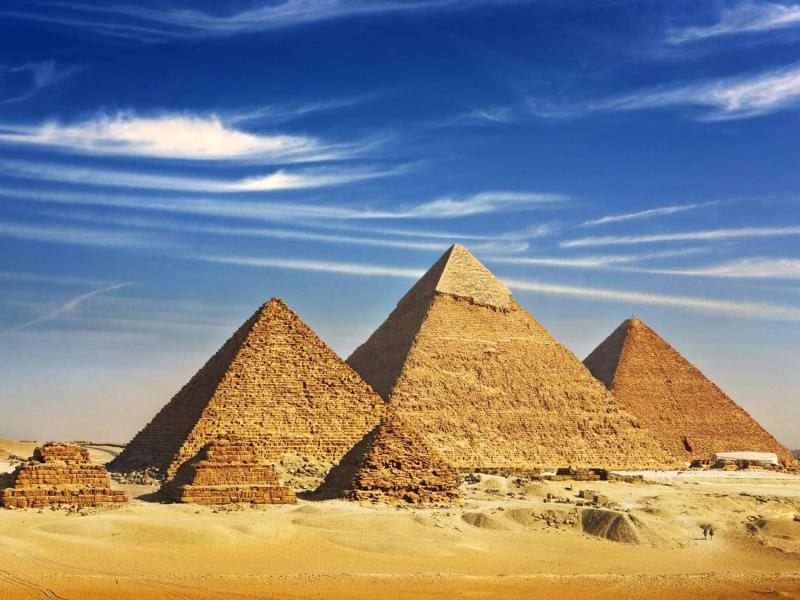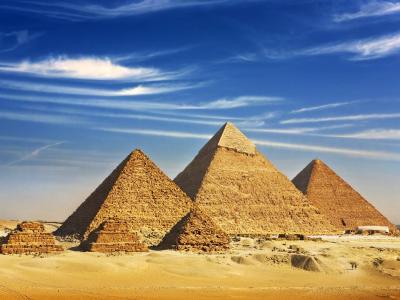Egypt's Chief Archaeologist at the Ministry of Tourism and Antiquities, Magdy Shaker, announced the discovery of the "River of the Pyramids" last Thursday, noting that the Giza and Saqqara area contains 31 ancient pyramids. Shaker stated in televised remarks that the newly discovered river is 64 kilometers long, 25 meters deep, and half a kilometer wide, located seven kilometers from the main branch of the Nile, with sedimentation starting 4,200 years ago.
He pointed out that the challenge in understanding how the pyramids were built lay in how stones were transported from Aswan and Tura. He emphasized that this river's discovery indicates that there were humans present, and it likely supported thousands of human settlements, whether cities, monuments, or temples, which could explain how stones weighing 70 tons were moved.
A new study published in the journal *Communications Earth & Environment* used satellite imaging and sediment core analysis to map a long-buried dry river branch of the Nile, measuring 64 kilometers (40 miles), now covered by agricultural land and desert.
According to Iman Ghoneim, a professor and director of the Remote Sensing and Drone Laboratory at the Department of Earth and Ocean Sciences at the University of North Carolina Wilmington and the study’s lead author, despite many efforts to reconstruct the early waterways of the Nile, previous work was largely limited to small soil sample sites, resulting in fragmented mappings of the ancient Nile canal systems.
She explained that "this study is the first to present the first map of a long-lost branch of the Nile." Ghoneim and her colleagues refer to this extinct Nile branch as "Al-Ahramat," an Arabic term meaning "the pyramids."
Ghoneim continued that the ancient waterway was about 0.5 kilometers (about a third of a mile) wide and at least 25 meters (82 feet) deep, similar to the modern Nile. She noted that "the large size and extended length of the Al-Ahramat branch, along with its proximity to the 31 pyramids in the study area, strongly indicates the presence of an effective waterway of great significance," highlighting that the river would have played a crucial role in transporting vast amounts of building materials and laborers needed for pyramid construction.
Furthermore, she added, "Our research also shows that many of the pyramids in the study area have a causeway, which is an elevated ceremonial pathway extending perpendicularly across the Al-Ahramat branch and ending directly at the riverbank."
Ghoneim explained that the river's remains are not visible in aerial or satellite images; in fact, unexpected findings were only observed while examining radar satellite data for the broader area of ancient rivers and lakes, which revealed the potential for a new source of groundwater.




